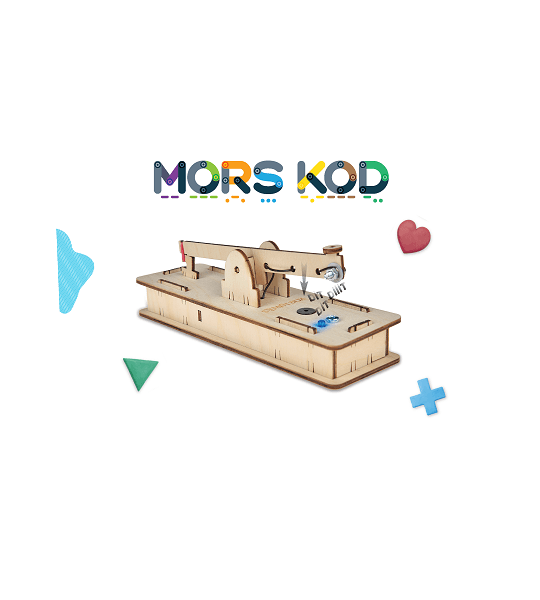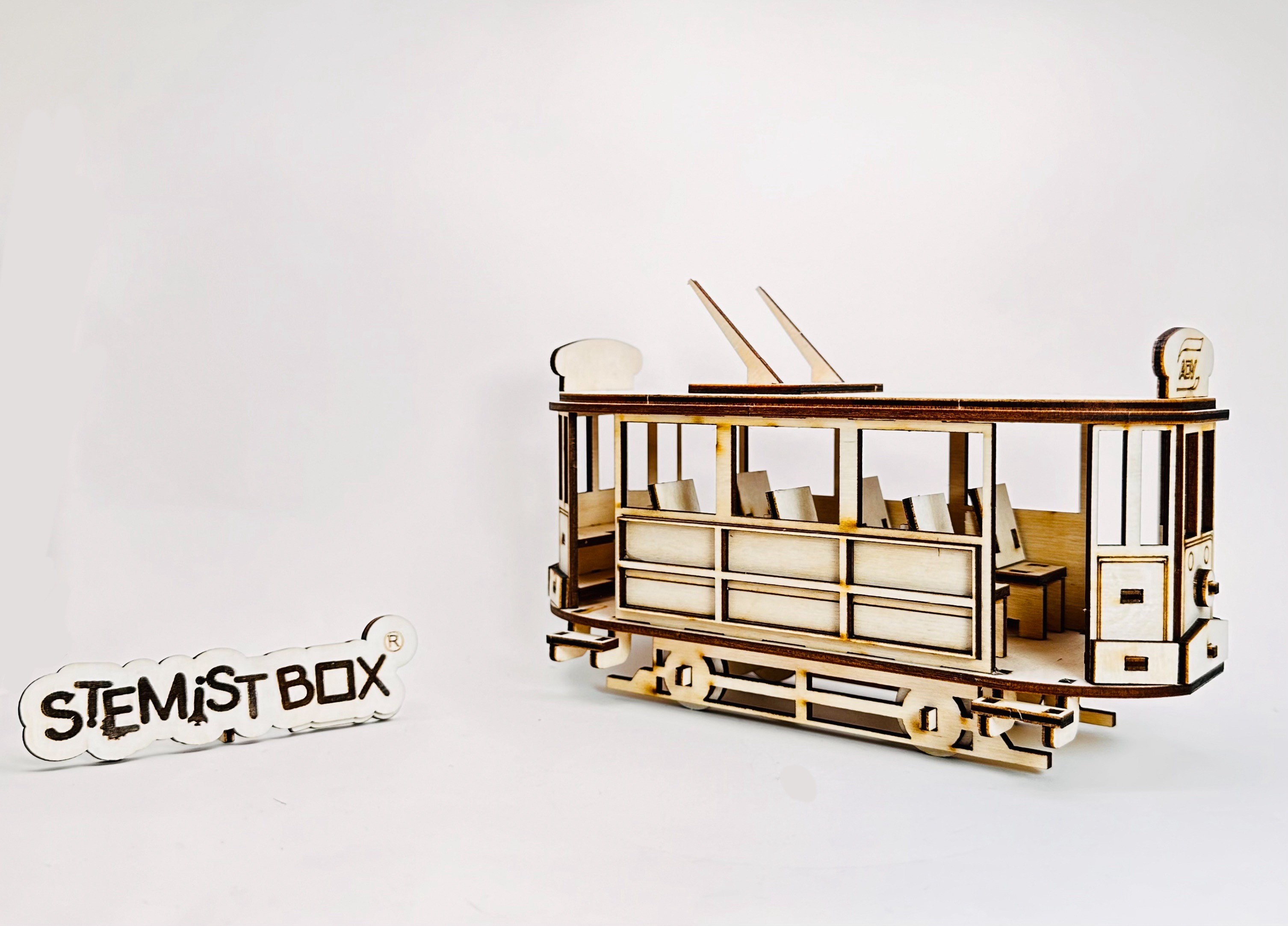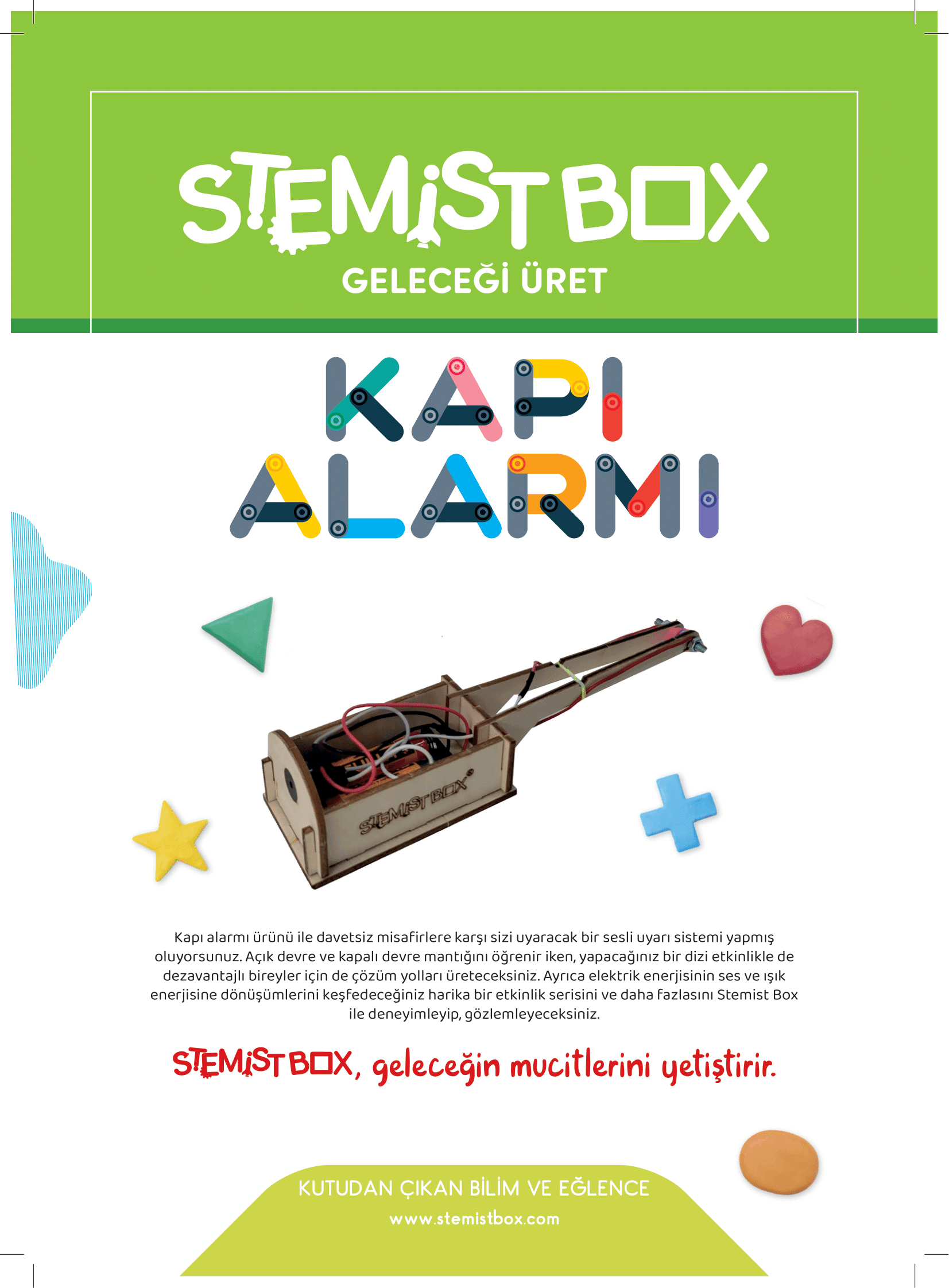Your shopping cart is empty.
Physics; Innovation; Assembly; Engineering; Design
WHATSAPP
What is the goal of the Educational Wooden Toy Da Vinci Hammer Set?
Although he is often known as a painter, Da Vinci was actually a crazy genius who had many inventions in fields ranging from medicine to engineering. His inventions provided inspiration for the production of many tools used today. The Da Vinci Hammer is an educational wooden toy hammer block that is used in STEM education.
The toy hammer making process, which promotes hand-eye coordination, helps to develop analytical thinking skills, as well as creativity and construction skills. From a technical perspective, simple machines and energy conversions related to energy conservation can be understood through the use of the hammer, providing clues about the conversion of potential and kinetic energies.
Through the mechanical hammer experiment of the educational wooden toy family, innovative thinking is targeted, and opportunities are provided to design new inventions by trying new approaches. Different geometric shapes are used to create new shapes, structures, and models, and 3D studies are produced.
How Does This Wooden Hammer Toy Provide Concrete Results?
When it comes to STEM education, scientific experiments come to mind. STEM education aims to transform theoretical knowledge, which is heavily focused on science and technology, into practice through STEM activities. The wooden toy hammer, called the Da Vinci Hammer, which is among the educational toys, is designed to allow children to solve problems quickly in case the machine breaks down.
Thanks to the miniature hammer making game, which is one of the most preferred games among educational toys, your child will discover the basics of mechanisms through simple experiments and materials, and understand that the hammer weight must be tight due to the force of gravity. Thus, your child will learn that the cam and the mechanism must work in balance and systematically until the cam suddenly falls by turning the cam followed by the mechanism.
The tangible outputs gained with the toy hammer set are not limited to these. Using materials other than wood as the main body, the process of making a small hammer and observing the working state of the hammer is required. For example, the process of making a hammer with wooden bars and testing the working speed of the hammer with materials such as springs and motors are targeted.
Melek
Tuesday, December 3, 2024
Yoğun ve güzel bir görünüme sahip. Paketleme güzel yapılmış, memnun kaldım.
Kesinlikle tekrar sipariş vereceğim!
Fatma K.
Friday, August 18, 2017
Funda Çiçeği Erica carnea 10 20 cm Saksıda sipariş ettim ve ilk günden büyümeye başladı! Kargo çok hızlıydı ve paketleme sayesinde hiçbir zarar görmemişti.
BENZER ÜRÜNLER




















